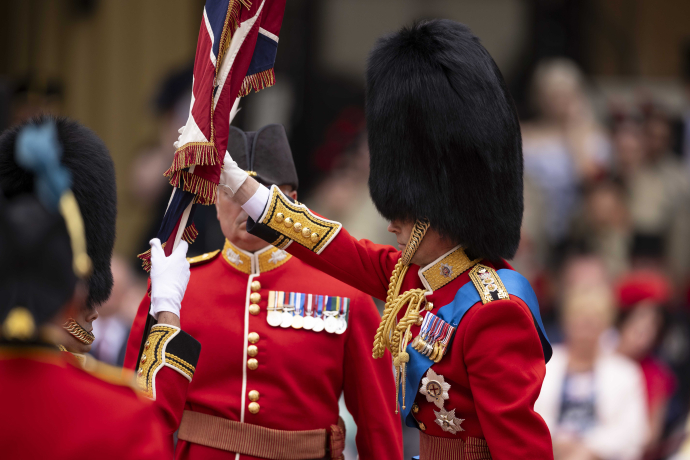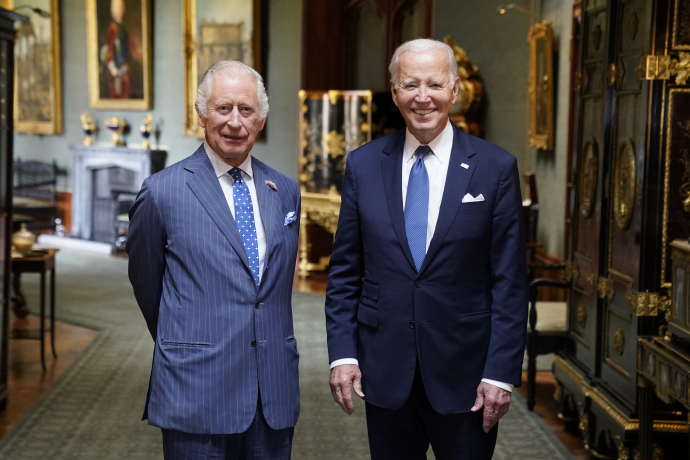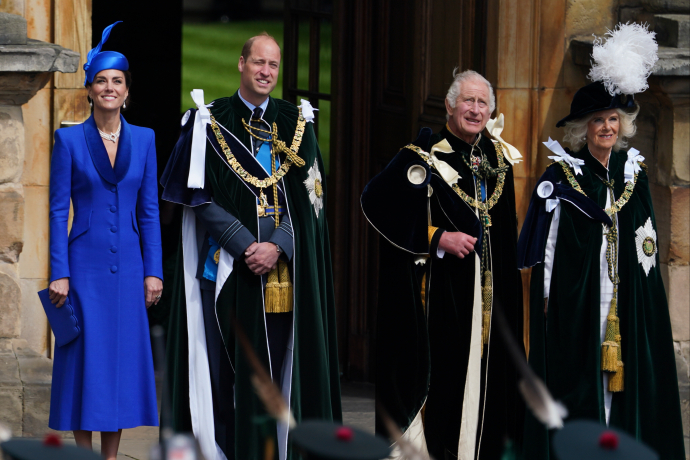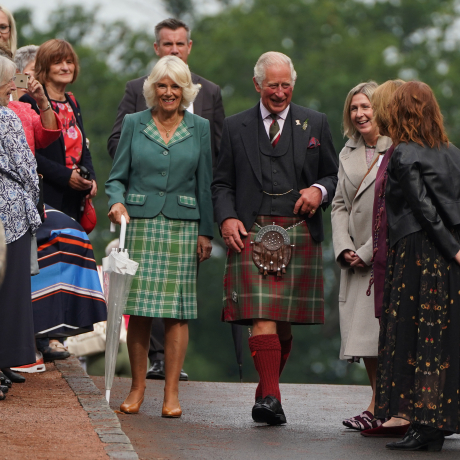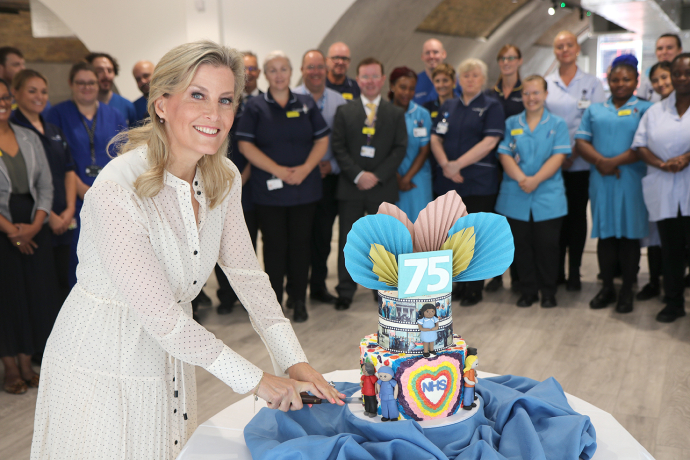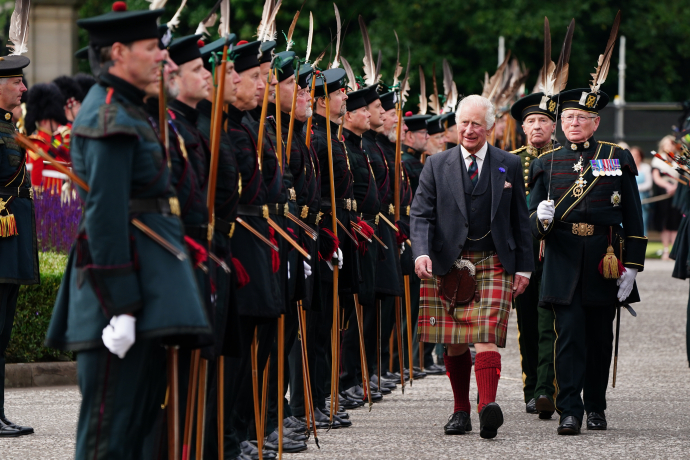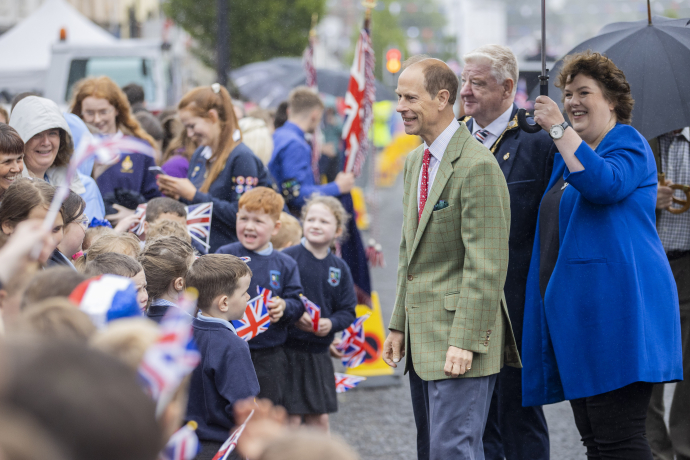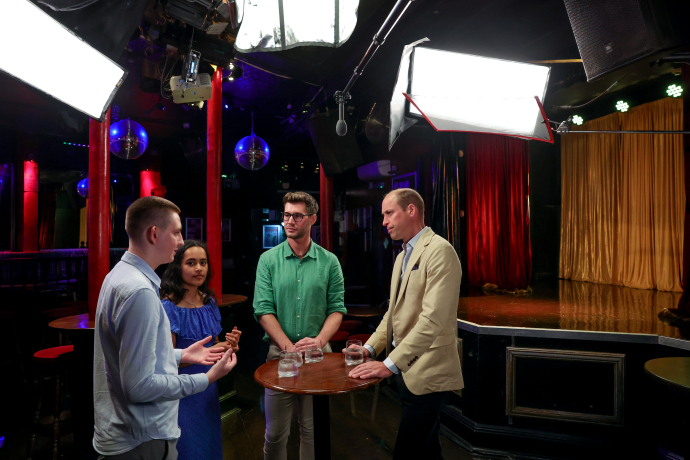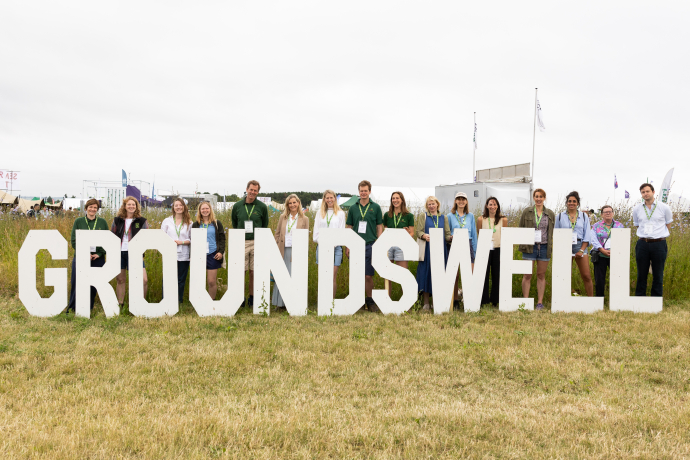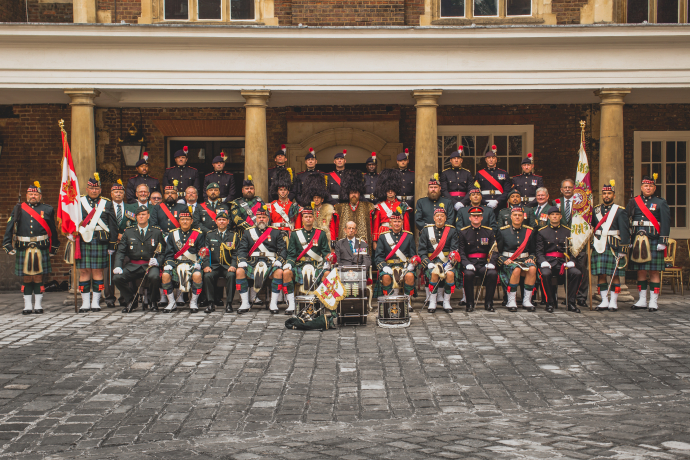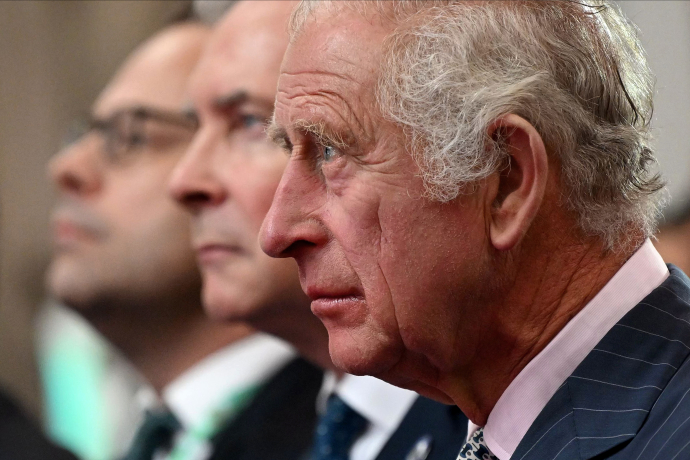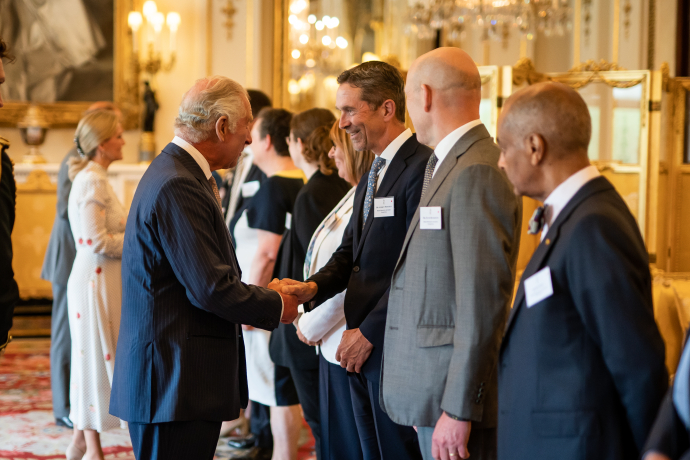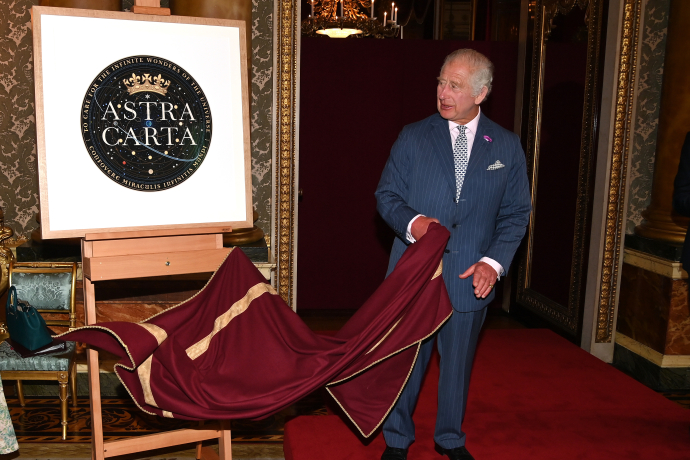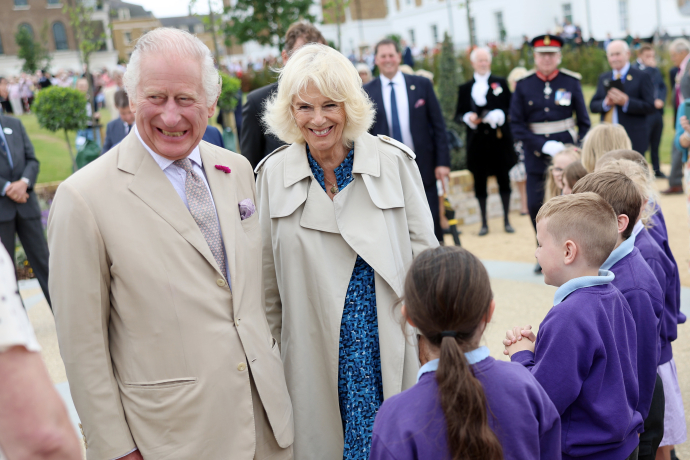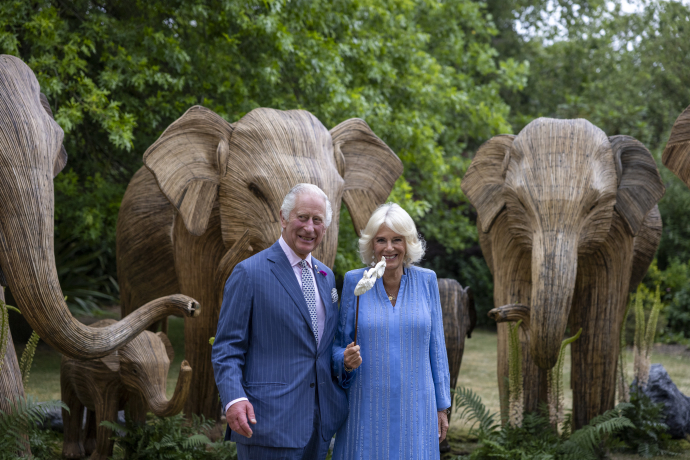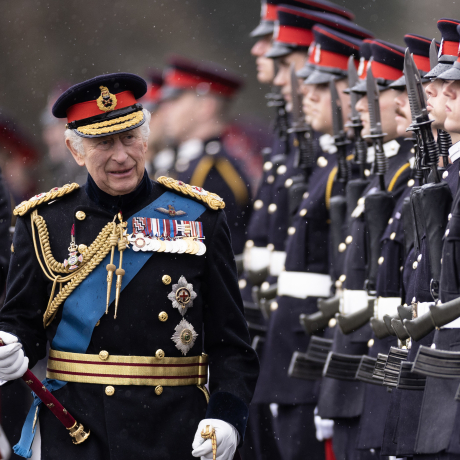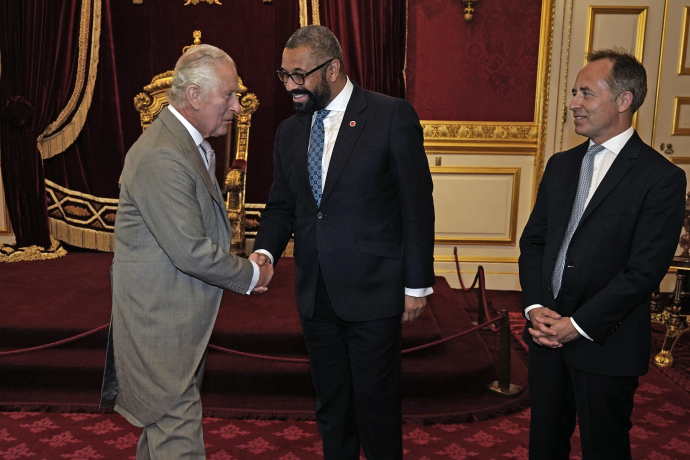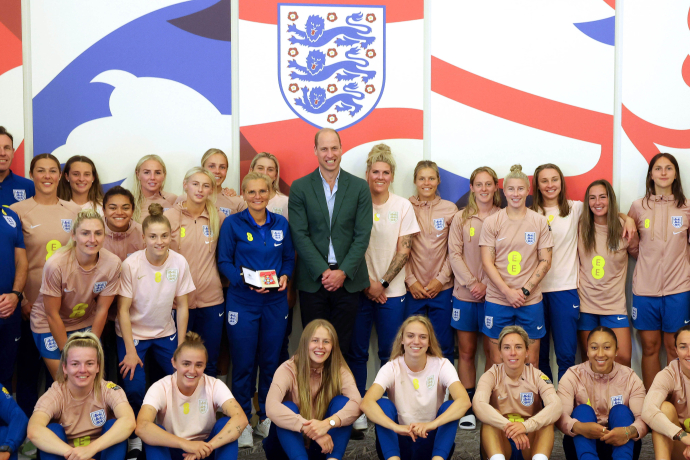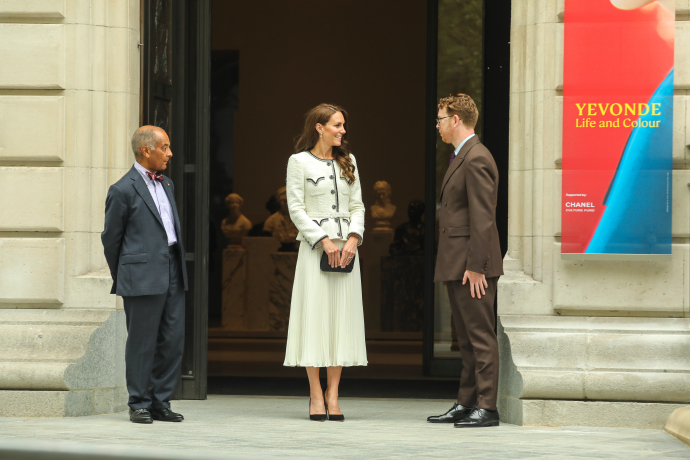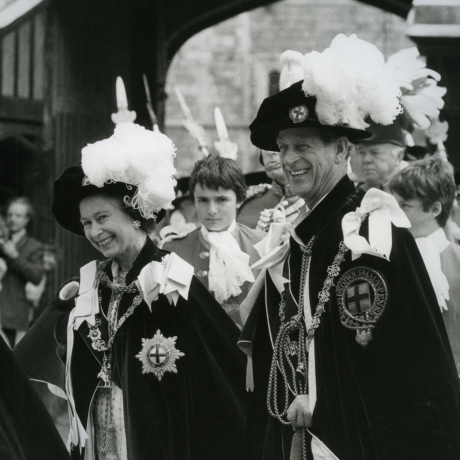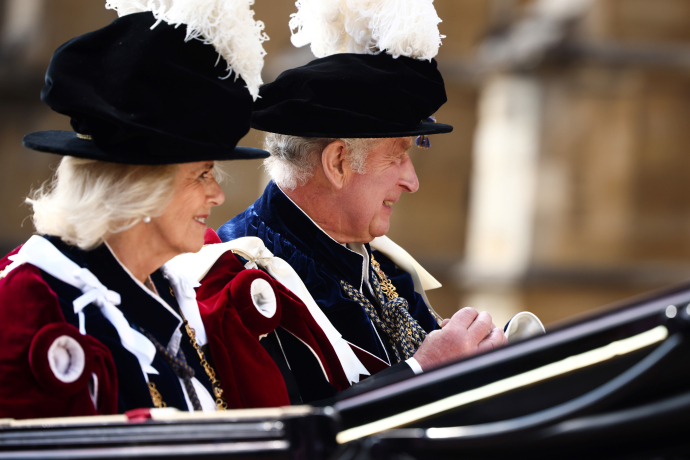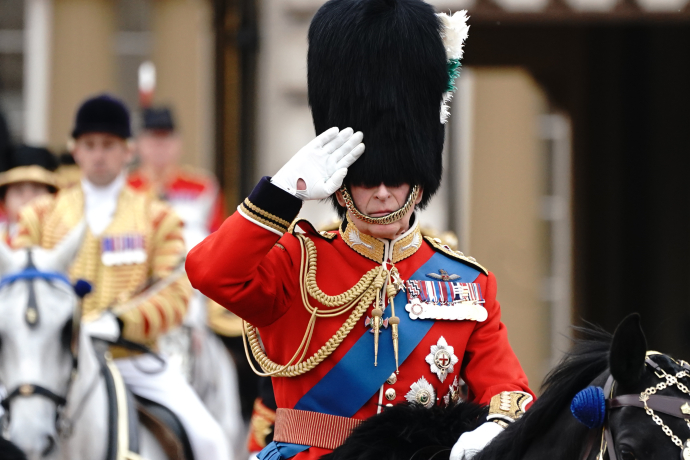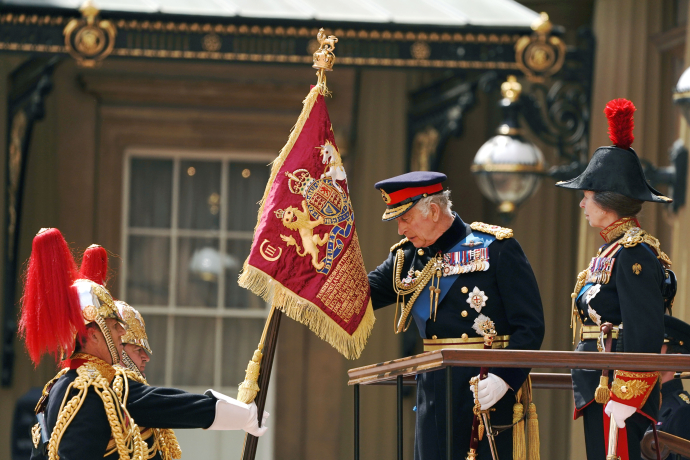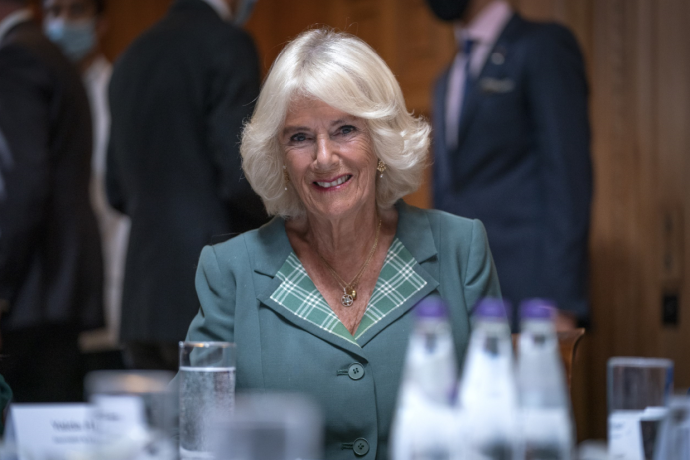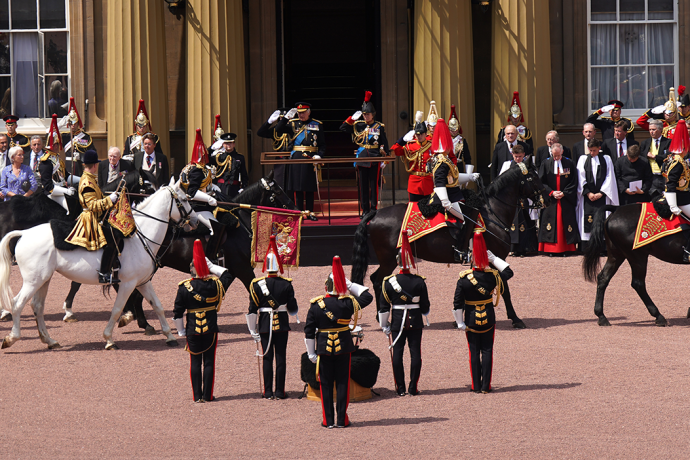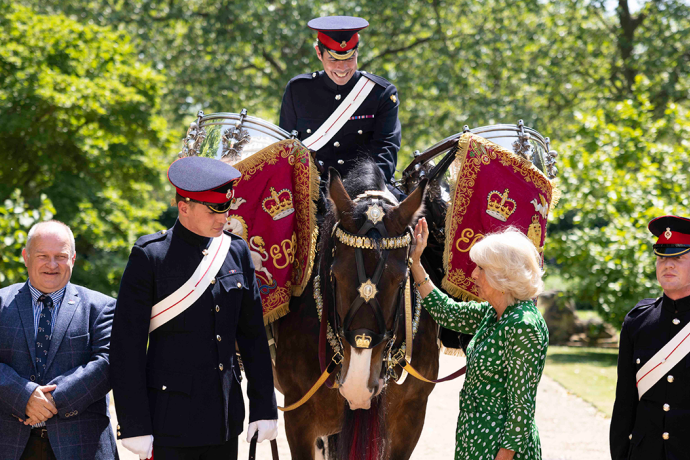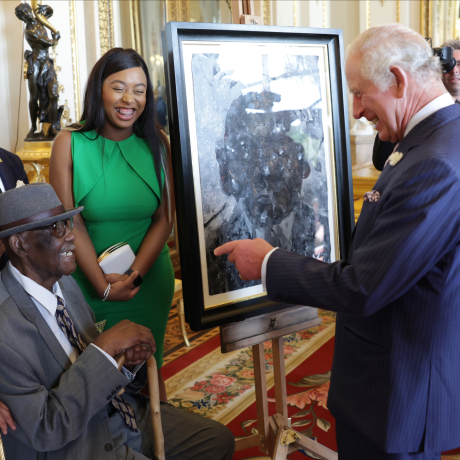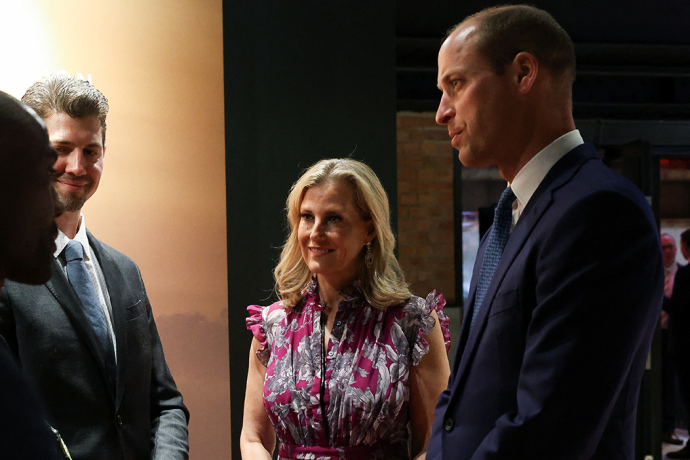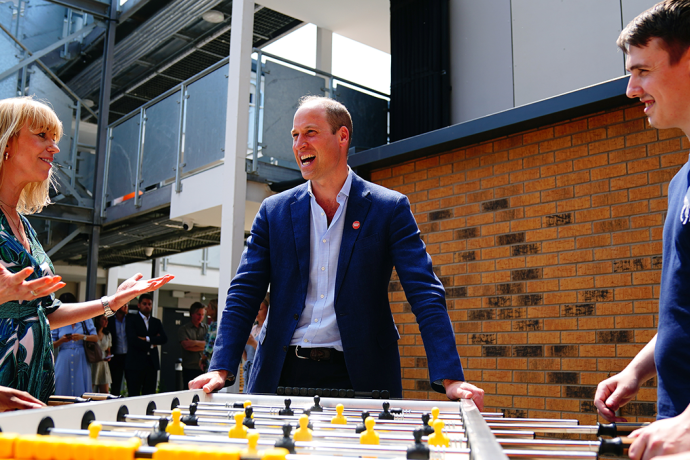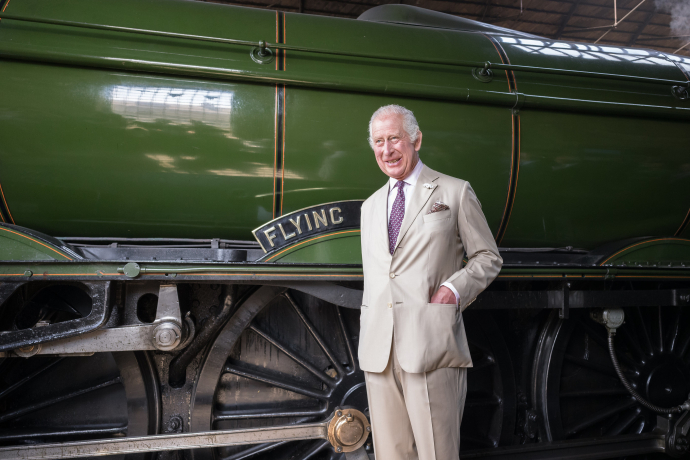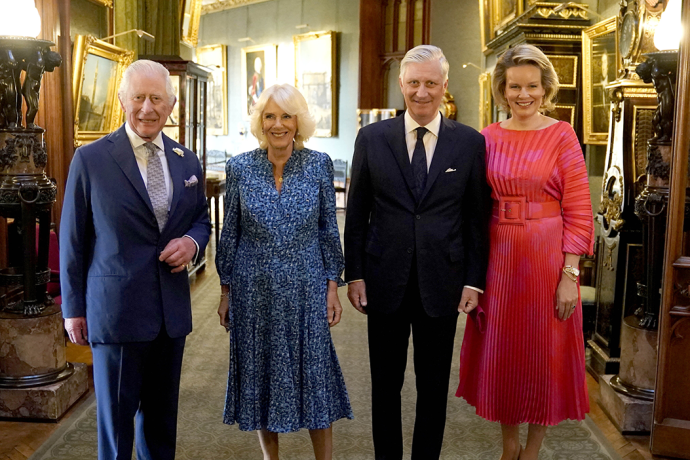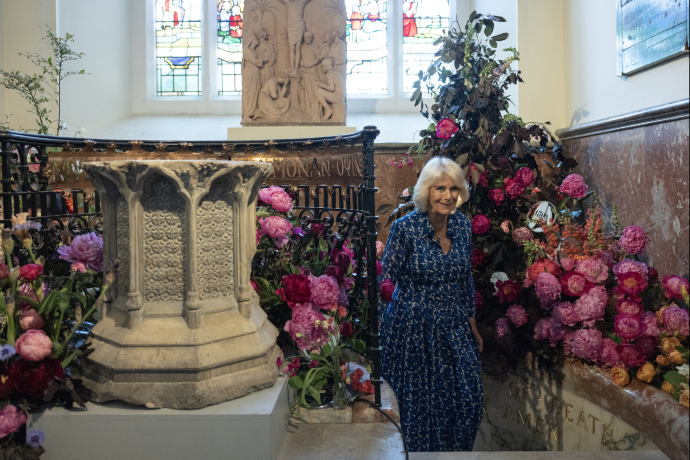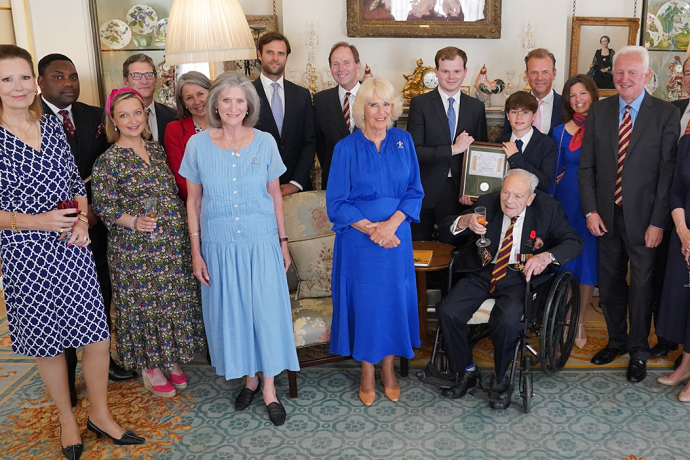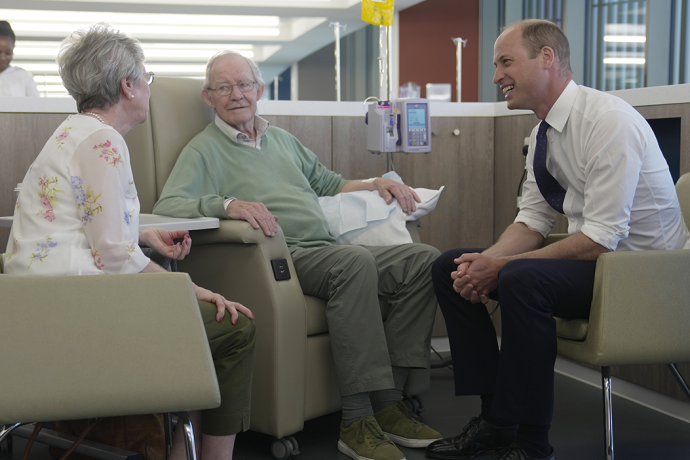There are close ties between the Monarchy and the UK monetary system.
These can be seen, for example, in the title of the 'Royal Mint' and the representation of the monarch on all circulating British coinage.
The first coins were struck in the British Isles 2000 years ago using designs copied from Greek coins. Following the Roman invasion of Britain in AD 43, the Roman coinage system was introduced.
After the decline of Roman power in Britain from the fifth century AD, the silver penny eventually emerged as the dominant coin circulating in England but no standardized system was yet in place.
In the eighth century, as strong kings emerged with power over more than one region, they began to centralize the currency. Offa introduced a new coinage in the form of the silver penny, which for centuries was to be the basis of the English currency.
Alfred introduced further changes by authorising mints in the burhs he had founded. By AD 800 coins regularly bore the names of the kings for whom they were struck. A natural development was the representation of their own images on their coins.
Coinage played a part in spreading the fame of kings - the more often coins passed through men's hands, and the further afield they were taken by plunder or trade, the more famous their Royal sponsors became. Athelstan (d. 939) is the first English king to be shown on his coins wearing a crown or circlet. For many people, the king's image on coins was the only likeness of the monarch which they were likely to see in their lifetimes.
By the end of the tenth century the English monarchy had the most sophisticated coinage system in western Europe.
For five centuries in England, until 1280, silver pennies were the only Royal coins in circulation. Gradually a range of denominations began to emerge, and in the mid-fourteenth century a regular coinage of gold was introduced. The gold sovereign came into existence in 1489 under King Henry VII.
Throughout this period, counterfeiting coinage was regarded as a crime against the state and was punishable by death under an English statute of 1350. The crime was considered to be an interference with the administration of government and the representation of the monarch.
Until the nineteenth century the Royal Mint was based at the Tower of London, and for centuries was therefore under the direct control of the monarch.
The English monarchy was the first monarchy in the British Isles to introduce a coinage for practical and propaganda purposes. Only one early Welsh king, Hywel Dda, minted a coin, though it may not have been produced in Wales itself.
The first Scottish king to issue a coinage was David I (d. 1153). Until the reign of Alexander III (1249-1286) Scottish coinage was only issued sparingly.
During the reign of Alexander III coins began to be minted in much larger quantities, a result of increasing trade with Europe and the importation of foreign silver.
After the death of Alexander III in 1286, Scotland fell into a long period of internal strife and war with England. A nominal coinage was issued under John Balliol c.1296 and then in reign of Robert the Bruce (1306-1329), but the first substantial issue of coinage did not come until the reign of David II (1329-1371).
The accession by James VI to the English throne in 1603 saw the fixing of value of the Scottish coinage to a ratio of 1:12 with English coinage. After the Act of Union in 1707 unique Scottish coinage came to an end.
The last Scottish minted coins were the sterling issues based on the English denominations that were issued until 1709 with the "E" mintmark for Edinburgh.
Some British coinages have featured Scottish devices, the Royal Arms of Scotland or the thistle emblem during the twentieth century, but these are a part of the coinage of the United Kingdom, not unique to Scotland.
In the United Kingdom a streamlining of coinage production took place in the nineteenth and twentieth centuries. Until the Restoration of Charles II, coins were struck by hand.
In 1816, there was a major change in British coinage, powered by the Industrial Revolution. The Royal Mint moved from The Tower of London to new premises on nearby Tower Hill, and acquired powerful new steam powered coining presses.
Further changes took place in the 1960s, when the Mint moved to modern premises at Llantrisant, near Cardiff.
After over a thousand years and many changes in production techniques, the monarch continues to be depicted on the obverse of modern UK coinage.
During The Queen's reign there have been five representations of Her Majesty on circulating coinage. The original coin portrait of Her Majesty was by Mary Gillick and was adopted at the beginning of the reign in 1952.
The following effigy was by Arnold Machin OBE, RA, approved by the Queen in 1964. That portrait was used on all the decimal coins from 1968. The next effigy was by Raphael Maklouf FRSA and was adopted in 1985 and the fourth, introduced in 1998, was by Ian Rank-Broadley, FRBS..
The fifth portrait was introduced in 2015, and is by Jody Clark. It shows The Queen wearing the Diamond Diadem, as she does when travelling to the State Opening of Parliament.
Images of the monarch on bank notes are a much more recent invention. Although bank notes began to be issued from the late seventeenth century, they did not come to predominate over coins until the nineteenth century. Only since 1960 has the British Sovereign been featured on English bank notes, giving The Queen a unique distinction above previous monarchs.
From the time of Charles II onwards, a tradition developed of monarchs being represented on the coinage facing in the opposite direction to their immediate predecessor.
The exception to this was in the brief reign of Edward VIII. He liked portraits of himself facing to the left, even though, according to tradition, he should have faced to the right. Designs for proposed coins for his reign show Edward VIII facing to the left.
The tradition was restored in the reign of George VI, with his portrait facing left as if Edward VIII's had faced right .

